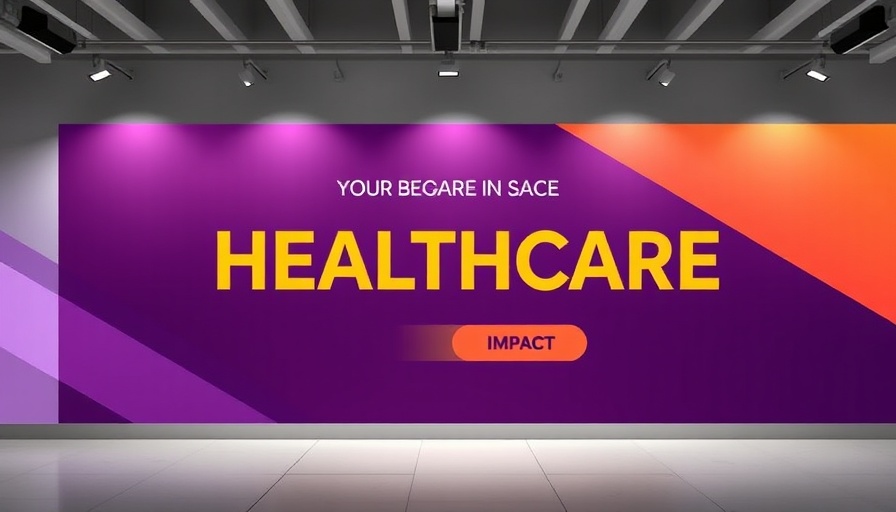
Trump’s Administration's Impact on Scientific Research Funding
The recent actions of the Trump administration have sent shockwaves throughout the American scientific community. Many expected the administration to honor established norms of funding and support for scientific research, given that science has historically received bipartisan support in America. However, recent shifts indicate a dramatic change in how research funding will be handled.
One significant measure is the implementation of a cap on indirect costs associated with National Institutes of Health (NIH) grants. These costs are crucial for maintaining research environments and ensuring projects can run smoothly. By capping these costs at 15%, the administration's decision could translate into a substantial financial setback for universities and research institutions nationwide.
The Importance of Indirect Costs
Traditionally, indirect costs have allowed universities to cover operational expenses essential for executing research. These include utilities, administrative salaries, and maintenance of research facilities. With the proposed changes, institutions face potential losses of up to $5 billion annually, significantly affecting ongoing research initiatives and staffing levels.
Researchers like Dr. Theodore Iwashyna from Johns Hopkins University emphasize that without adequate funding for indirect costs, even the most groundbreaking projects may come to a halt. This is critical when cutting-edge research can lead to major medical advancements that benefit the general public.
A Life-Saving Device's Journey: The AED Case Study
To illustrate the path of scientific discovery from conception to application, we need only look at the Automated External Defibrillator (AED). Though small and often taken for granted, AEDs can save up to 1,700 lives each year. To arrive at this essential medical device, collaboration across disciplines was vital, calling on experts from engineering, medicine, and public health.
The AED's evolution underlines the significance of integrated research and funding support. With constraints on federal research funding, innovations like the AED may become less feasible, leading to dire consequences for public health.
Broader Implications for Medical Research Funding
The effects of the new policies extend beyond just research funding. As ongoing lawsuits challenge the cap on indirect costs, there is growing concern about how these changes will affect America's competitive standing in global research. With institutions already facing financial instability, the long-term consequences on talent retention and innovation could be detrimental.
Many researchers worry that young scientists may abandon careers in the U.S. if funding scenarios do not improve. This exodus could lead to a brain drain, where emerging talents move to countries with more supportive research environments.
Counterarguments Against the Indirect Cost Cap
Opponents of the NIH funding cap argue that the rationale for these changes, which proposes aligning indirect costs with those of private foundations, is misleading. They contend that foundations typically have a different operational structure, where fewer burdensome regulations allow for a more fluid management of funds compared to federal grants.
Lessons Moving Forward
As the government’s approach to scientific funding undergoes radical transformation, institutions must adapt quickly. They need to explore alternative funding solutions and re-evaluate existing partnerships and collaborations in an ever-changing landscape. Engaging with policymakers and stakeholders is vital to advocate for the importance of sustained funding for critical medical research and innovation.
 Add Row
Add Row  Add
Add 



Write A Comment